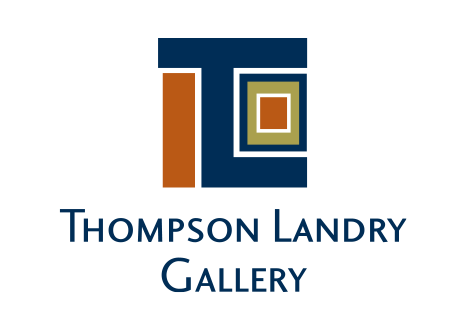 |
 |
 |
 |
 |
Paul-Vanier Beaulieu Born in Montreal in 1910, Paul Beaulieu (Vanier, which he would later adopt, was his mother’s maiden name) was the eldest of seven children. P.V. Beaulieu was arguably one of the most divergent but pivotal painters of twentieth-century Quebec as his style grew to become quite reminiscent of the most important and influential modern painters of pre-WWI Paris. He enrolled at the École des Beaux-Arts de Montréal in 1927, but quit shortly after he became disappointed with the teachings he found there. He left for Paris in 1938, which exposed him to the political, intellectual and artistic stimuli of pre-war Paris. Paul Beaulieu met several leading artists there, including Pablo Picasso, whom he regularly visited in his atelier. Influences of Picasso’s cubist style and many of his known figures and symbols can be noticed in Beaulieu’s works. After war was declared in the fall of 1939 and Germany invaded Paris the following year, Paul Beaulieu and his brother Claude were arrested and imprisoned until the Libération in 1944. In 1945, the artist returned to Montreal for a short period before returning to Paris in 1947. His return to Europe corresponded to the first important chapter in his oeuvre. His favourite theme was still life, which he explored with great originality, juxtaposing the integrated landscape in the background to the ensemble of the piece. Beaulieu’s oeuvre is not limited to still life and landscape. He explored many other themes, including portraits, whimsical scenes populated by acrobats and puppets, as well as avant-garde non-figurative compositions. Ultimately, it was the deviant modernist rendering of his shapes and forms that gave rise to and influenced more experimental painting in his native Quebec. |
|
|
© Thompson Landry Gallery